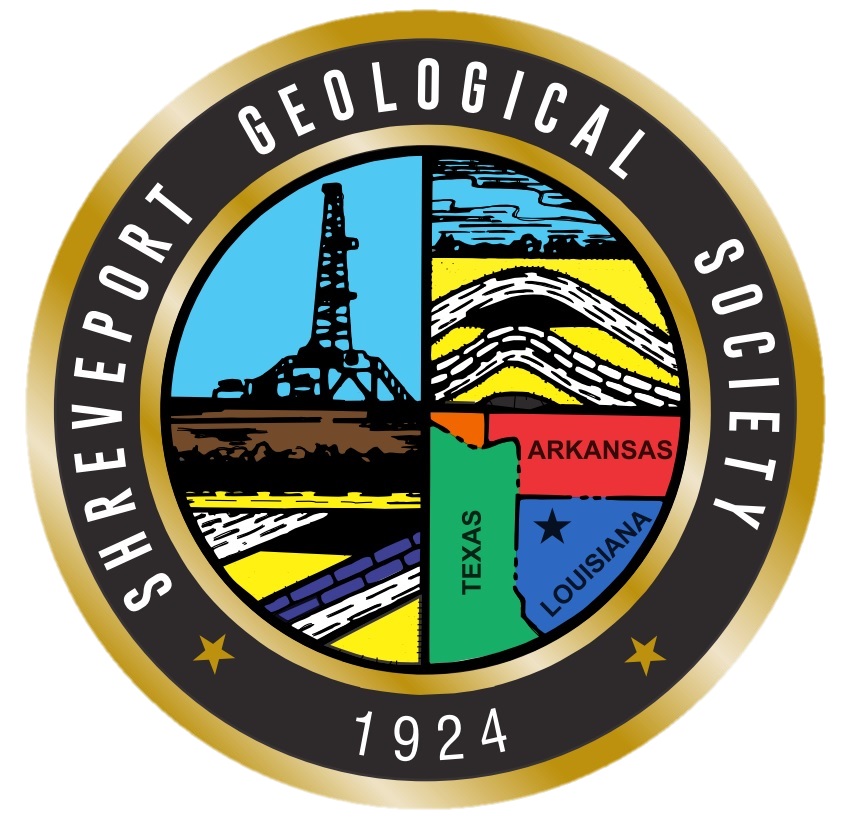The Petroleum Club of Shreveport, 15th floor
Cost: $20, Children 10 and under $8
We encourage members to invite guests, spouses, and friends to any of our meetings.
If you’d like a seat, kindly use the form below to make your reservation by the preceding Friday.
Biography
Igor Faoro
Dan Buller is Halliburton’s Formation & Reservoir Solutions Global Advisor for Unconventional Optimization. He has 36 years of formation evaluation experience and has spent over 26 years primarily analyzing unconventional tight gas, source shales, and fractured carbonates. He was formerly Principle Petrophysicist for Halliburton’s Southeast Technology Team and was responsible for formation evaluation in the Haynesville, Eagleford, and Marcellus Shales. Dan obtained BS degrees in Physics and Mathematics in 1980 from Nebraska Wesleyan University, and a MS in Physics in 1981 from Kansas State University. He is a member of SPE, AAPG, & SPWLA and has written numerous papers for each society as well as articles in JPT, World Oil, and The Oilfield Review.
Abstract
While the active Lower Cotton Valley horizontal play in North Louisiana is getting a lot of press and industry attention, individual horizontal wells, which are often very close together, have demonstrated widely varying production results. The column of stacked pay sands can present targeting and fracture planning challenges because of varying pay quality and stress conditions. Typically two, or even three, individual target intervals can be present at any location, and accurate formation evaluation is critical in deciding which zones to pursue and what fracture completion strategies to employ. This paper describes a custom vertical well evaluation workflow to address these challenges as a particular case study.
An enhanced logging suite using neutroncapture mineralogy, magnetic resonance imaging, oriented acoustic dipole imaging and electrical borehole imaging was deployed to address specific reservoir quality and stress conditions present in the primary Upper and Lower Poole Sand pay zones and the Gray Sand interval, a deeper secondary pay. Accurate mineralogy was used to quantify effective porosity and any clay reactivity issues with completion fluids. Magnetic resonance was used to quantify both permeability and free gas in the pay analysis. Oriented dipole data was used to quantify anisotropic stress conditions for accurate fracture modeling. Finally, borehole imaging was employed to identify natural fractures and possible faults, structural dip, and primary stress orientation for optimized horizontal placement.
Using the additional logs within the workflow, a larger picture of fracture stimulated reservoir deliverability was developed. Individual target zones were quantified by cumulative kH, perm-height, analysis and similar effective closure stress. This was utilized with a 3D fracture simulator to achieve maximum fracture height design to contact the greatest volume of kH. This methodology was performed on the case study well resulting in an actual Gray Sand vertical production test and a recommendation of a Lower Poole Sand primary horizontal target. The case study well results are discussed in depth and compared to predicted results.
This evaluation workflow is unique because it predicts fracture stimulated flow performance for each zone before actual completion. It can be used to make vertical pipe set or horizontal landing decisions soon after the openhole logging is complete to optimize individual well performance after stimulation operations.










































